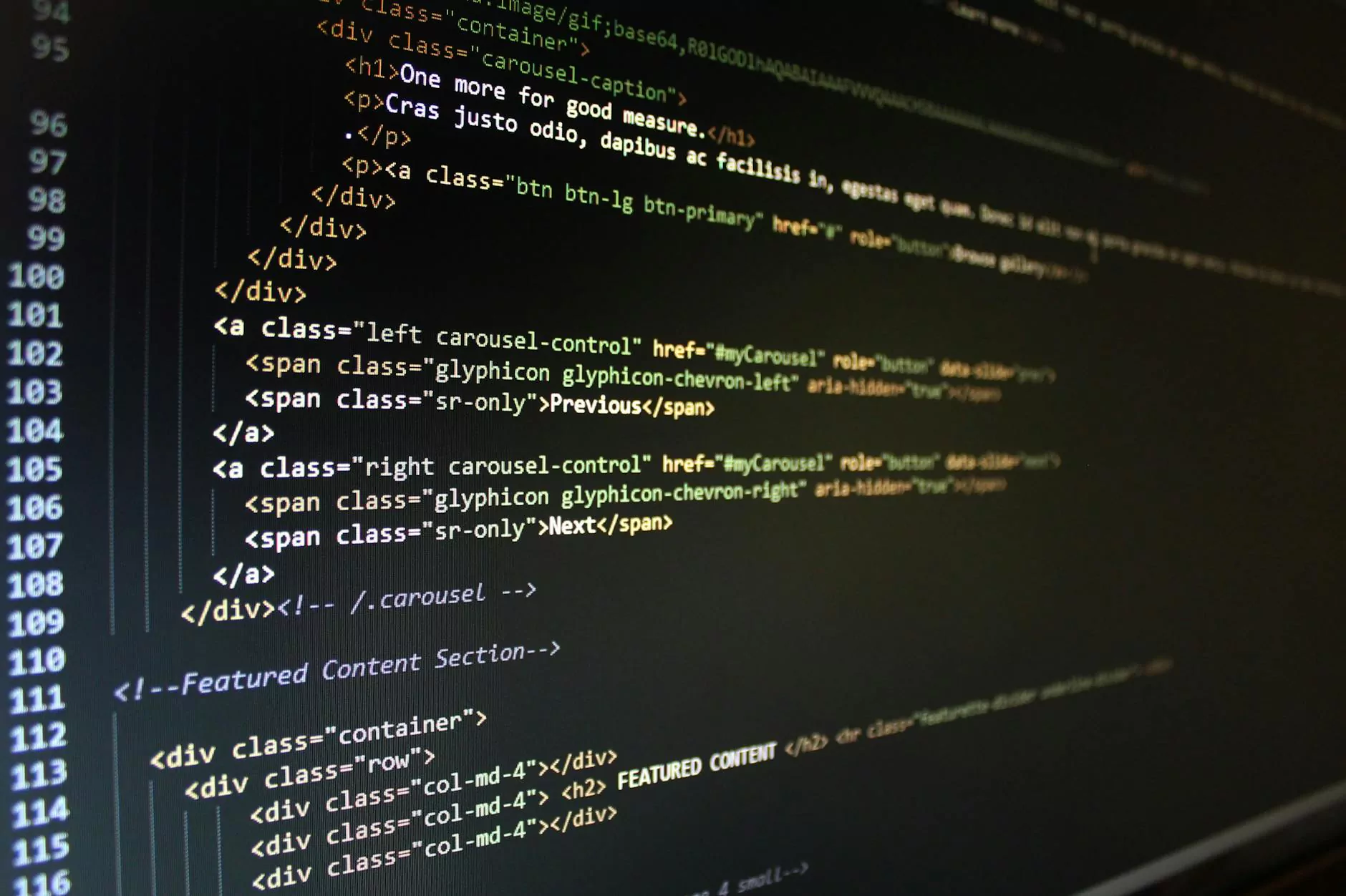Agile Vs. Waterfall: Which One To Choose?

The Importance of Choosing the Right Project Management Methodology
When it comes to managing projects in the business and consumer services industry, finding the right project management methodology is crucial. Making an informed decision between Agile and Waterfall can significantly impact the success of your projects and ultimately your business. Maslow Lumia Bartorillo Advertising understands the importance of selecting the right approach, which is why we have put together this comprehensive guide to help you understand the differences between Agile and Waterfall, ultimately helping you make an informed decision.
Understanding Agile Methodology
Agile methodology, also known as Agile project management, is a highly flexible and collaborative approach to managing and delivering projects. It focuses on iterative development and constant communication between teams, allowing for adaptability and quick responses to changes. With Agile, projects are broken down into smaller tasks or features called "user stories," which are then developed, tested, and delivered in short time increments known as "sprints."
One of the key benefits of Agile is its ability to foster collaboration and prioritize customer satisfaction. By involving stakeholders early on in the process, feedback can be incorporated quickly, resulting in a final product that better meets the desired requirements. Additionally, Agile allows for effective risk management and the ability to adapt to changing market conditions or customer demands.
Exploring Waterfall Methodology
Unlike Agile, Waterfall methodology follows a linear and sequential approach to project management. It involves completing one phase of the project before moving on to the next, making it ideal for projects with well-defined and stable requirements. Waterfall places a strong emphasis on thorough planning and documentation, ensuring that each stage is completed before progressing.
Waterfall is known for its predictability and is often favored in industries where compliance and regulations are crucial. By following a structured approach, Waterfall provides a clear project timeline and budget, allowing stakeholders to have a comprehensive view of the project from the start. This makes it easier to manage expectations and ensure a smooth execution.
The Key Differences Between Agile and Waterfall
While both Agile and Waterfall have their merits, understanding the key differences between the two methodologies can help you determine which approach is best suited for your projects:
- Flexibility: Agile offers more flexibility as it allows for changes and adjustments throughout the project lifecycle, while Waterfall follows a rigid structure.
- Feedback and Communication: Agile encourages constant communication and feedback, involving stakeholders throughout the process. Waterfall, on the other hand, involves stakeholders primarily during the planning phase.
- Time and Cost Management: Agile breaks down projects into smaller sprints, making it easier to manage time and costs. Waterfall provides more accurate time and cost estimates upfront but may face challenges if changes are required later in the project.
- Risk Management: Agile allows for agile risk management and mitigation through continuous testing and learning. Waterfall relies on upfront risk assessment and mitigation planning.
Which Methodology Should You Choose?
Deciding whether to choose Agile or Waterfall largely depends on your specific project requirements and your organization's culture. Consider the following factors when making your decision:
- Project Scope: If your project scope is unclear or likely to change, Agile may be the better choice. Waterfall is more suitable for projects with well-defined and stable requirements.
- Team Collaboration: Agile promotes constant collaboration and effective communication, making it ideal for cross-functional teams. Waterfall may work better for teams with less interdependence.
- Customer Involvement: If customer feedback and satisfaction are critical, Agile's iterative approach ensures continuous customer involvement. Waterfall may work better for projects where customer involvement is limited or less important.
- Risk Tolerance: Agile allows for more adaptability and risk management throughout the project. If your organization is risk-averse and prefers a structured approach, Waterfall may be the preferred choice.
Conclusion
Choosing the right project management methodology is essential for successful project execution. Maslow Lumia Bartorillo Advertising understands the nuances of Agile and Waterfall methodologies and can help you make an informed decision based on your specific project needs. Whether you opt for the flexibility and adaptability of Agile or the predictability and structure of Waterfall, we have the expertise to guide you through the implementation process and ensure project success.
Contact Maslow Lumia Bartorillo Advertising today to discuss your project requirements and allow us to assist you in choosing the methodology that best aligns with your business goals.




